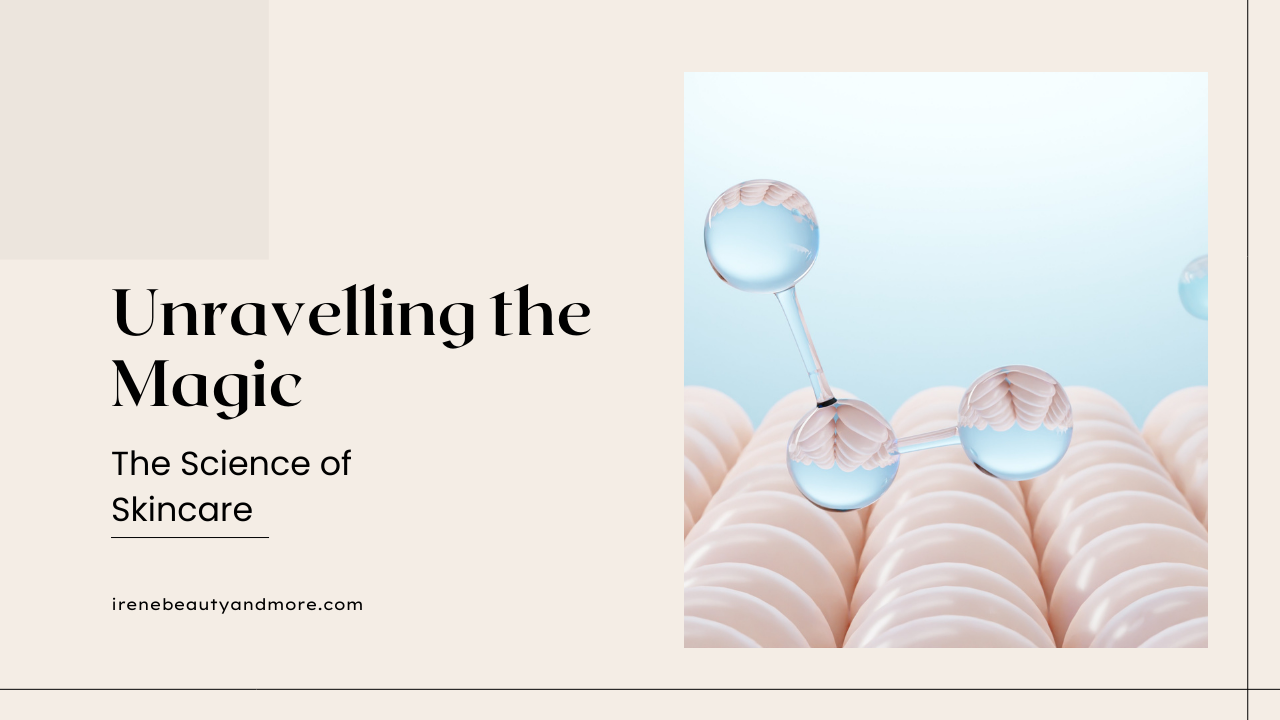The beauty industry is where art and science come together, blending allure with innovation to create products that enhance our appearance. While we’re drawn to glowing skin, shiny hair, and perfect makeup, the science powering our beauty products often goes unseen. Here’s a deep dive into the world of cosmetic chemistry and how it shapes the products we use daily. Discover the science of skincare.

The Complexity of Skin
Our skin is a complex organ and our body’s largest, functioning as a barrier against environmental stressors. Comprised of three main layers, the epidermis, dermis, and hypodermis, each plays a distinct role. The epidermis, our outermost layer, is constantly renewing itself, while the dermis, rich in collagen and elastin, gives skin its elasticity and structure. Finally, the hypodermis, which consists mainly of fat cells, insulates and protects our body.
Most skincare products target the epidermis, focusing on hydration, protection, and appearance enhancement. Ingredients like hyaluronic acid, a humectant, attract water to the skin, while retinol, a vitamin A derivative, boosts collagen production to reduce fine lines and wrinkles.
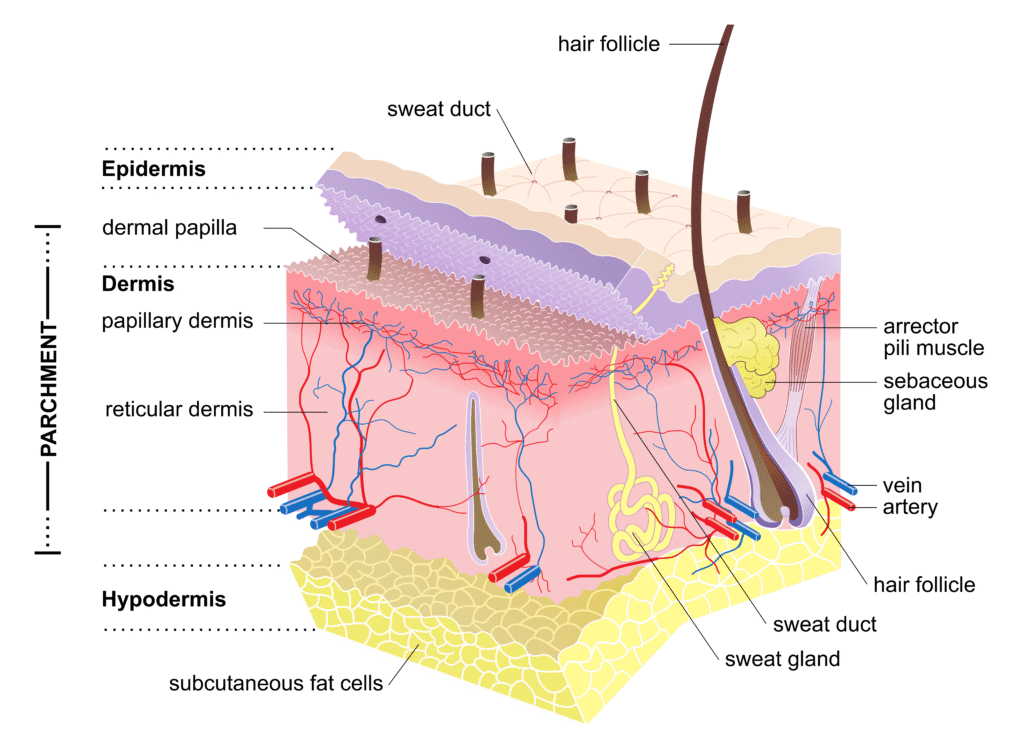
The Chemistry of Hair Care
Hair, like skin, is a complex structure composed mainly of keratin protein. Each strand has multiple layers that contribute to its strength, elasticity, and shine. Shampoos, conditioners, and styling products work to cleanse, nourish, and protect hair by targeting these different layers.
The main cleansing agents in shampoos, known as surfactants, break down oils and dirt to leave hair clean. Conditioners, on the other hand, contain emollients and proteins that smooth the hair cuticle, reducing frizz and boosting shine. Styling products, such as gels and mousses, often use polymers to add structure, volume, and texture.
Makeup Magic: From Colour to Texture
Makeup is a fusion of artistic vision and scientific formulation. Pigments provide colour, while binders and fillers contribute to the texture and longevity of products. Emollients ensure smooth application, while silicones and waxes can add staying power and shine.
For example, foundation is a carefully crafted emulsion of oil and water. Pigments are finely dispersed within the base to create shades that match a range of skin tones. Ingredients like silica and talc provide coverage and a matte finish, while emollients and oils ensure the foundation glides onto the skin smoothly. Lipsticks, meanwhile, blend waxes, oils, and pigments to achieve the desired balance between creaminess and long-lasting wear.
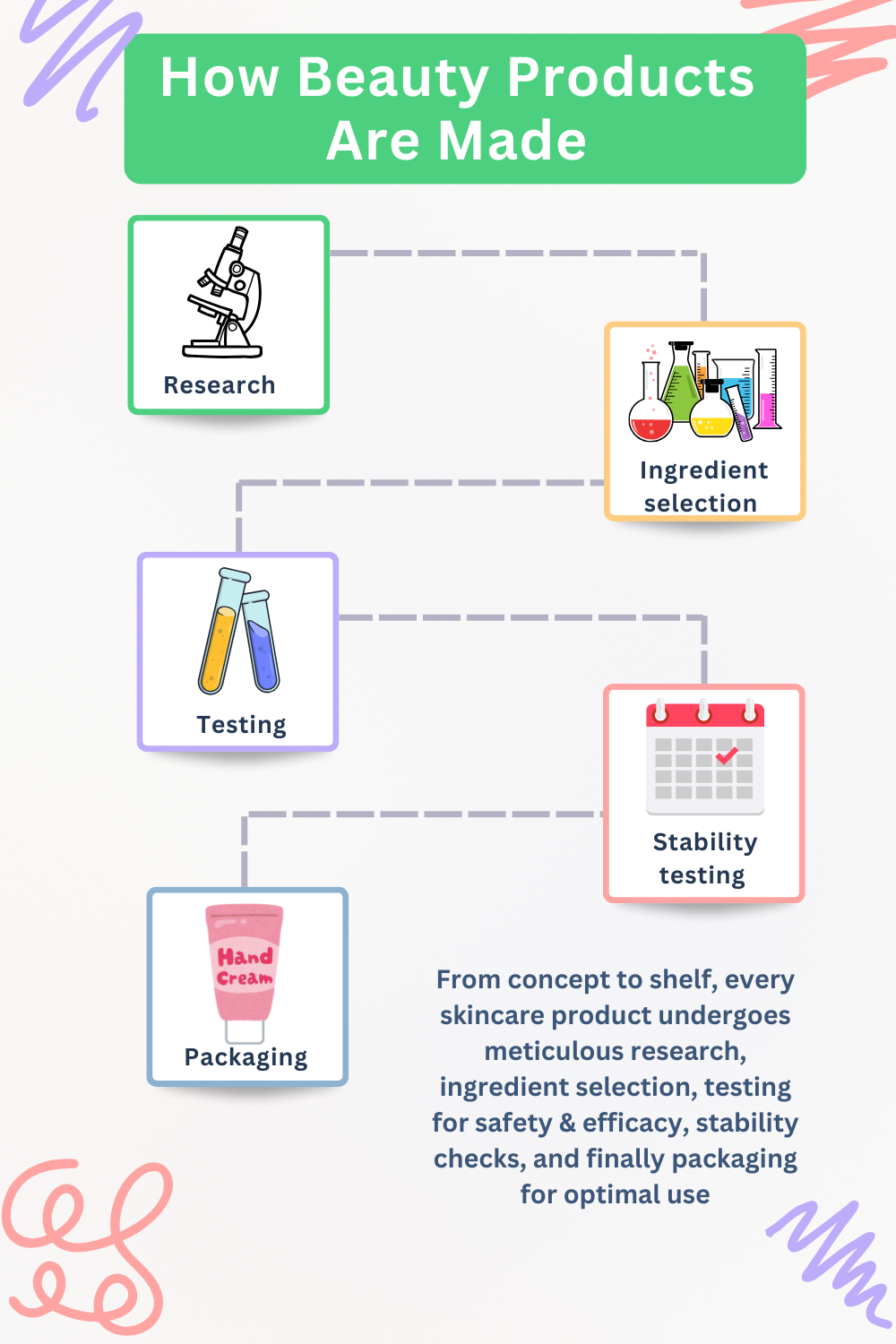
Unpacking Anti-Ageing Products
The desire for youthful skin has driven countless innovations in anti-ageing products, many of which focus on minimising wrinkles, boosting elasticity, and evening out skin tone.
Key anti-ageing ingredients include:
- Hyaluronic Acid: A hydrating ingredient that attracts moisture to the skin, helping to plump it up.
- Retinol: This vitamin A derivative promotes cell turnover and collagen production, visibly reducing fine lines.
- Peptides: Short chains of amino acids that can signal skin to produce more collagen, improving firmness and texture.
- Antioxidants: These protect the skin from free radical damage caused by UV rays and pollution, helping to prevent signs of ageing.
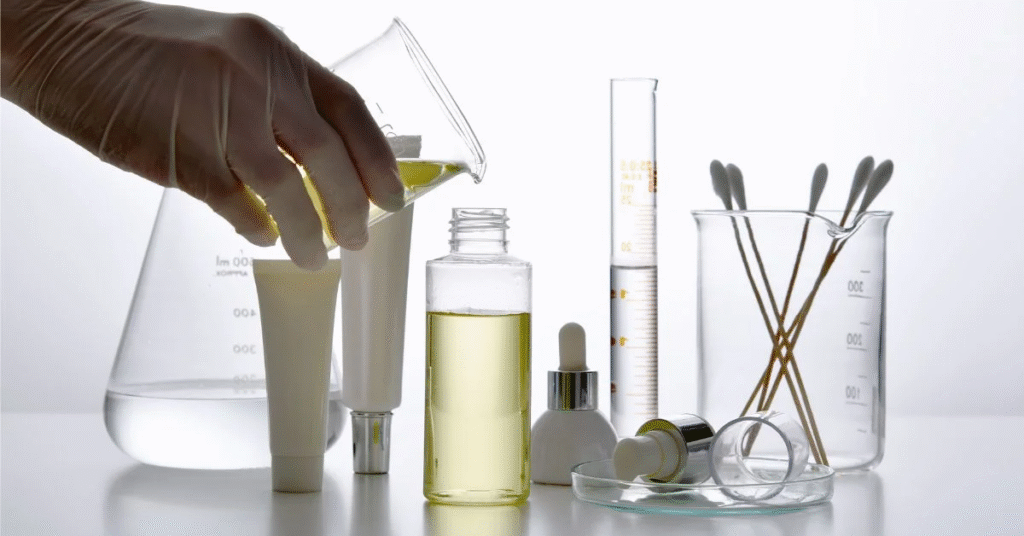
Preservatives: Keeping Products Safe
Preservatives are crucial in cosmetics to prevent microbial growth. Common preservatives include parabens, phenoxyethanol, and formaldehyde releasers. Despite some concerns around certain preservatives, they are generally considered safe when used at regulated levels, ensuring that products remain safe and effective over time.
Future Beauty Innovations: Technology Meets Personalisation
The beauty industry is rapidly evolving with technological advances. New trends and innovations aim to tailor beauty routines to individual needs, creating products that adapt to our unique skin characteristics.
Notable advancements include
- Stem Cell Technology: Leveraging stem cells to repair and regenerate skin cells for anti-ageing benefits.
- Microbiome Science: Developing skincare products that support the skin’s microbiome to improve resilience and balance.
- Personalised Skincare: Customising products based on a person’s genetic makeup, lifestyle, and specific skin concerns.
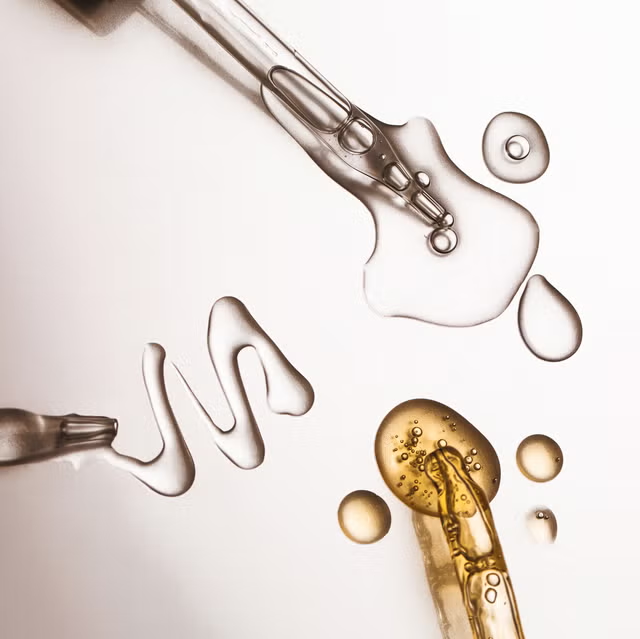
Sun and Skin: The Science of UV Damage
While the sun provides essential vitamin D, it also emits harmful ultraviolet (UV) radiation that can damage skin. Understanding the types of sun exposure and how to protect against it is crucial for long-term skin health.
- UVA Rays: These penetrate deeply into the dermis, leading to wrinkles, loss of elasticity, and uneven pigmentation, and are linked to skin cancer.
- UVB Rays: Primarily affecting the epidermis, UVB rays cause sunburn and also contribute to skin cancer and premature ageing.
When exposed to UV rays, the skin produces melanin, a pigment that helps to absorb these rays and shield cells from damage. However, excessive exposure can overpower this defense, leading to cumulative damage.
Protecting Against Sun Damage
To counteract the harmful effects of sun exposure, it’s essential to follow sun protection practices:
- Sunscreen: Choose a broad-spectrum sunscreen with an SPF of 30 or higher.
- Protective Clothing: Cover exposed skin with long sleeves, pants, and hats.
- Seek Shade: Avoid direct sun exposure, particularly between 10 a.m. and 4 p.m.
- Regular Skin Exams: Early detection is key for skin cancer treatment.
- Avoid Tanning Beds: These devices emit concentrated UV rays, increasing skin cancer risk.
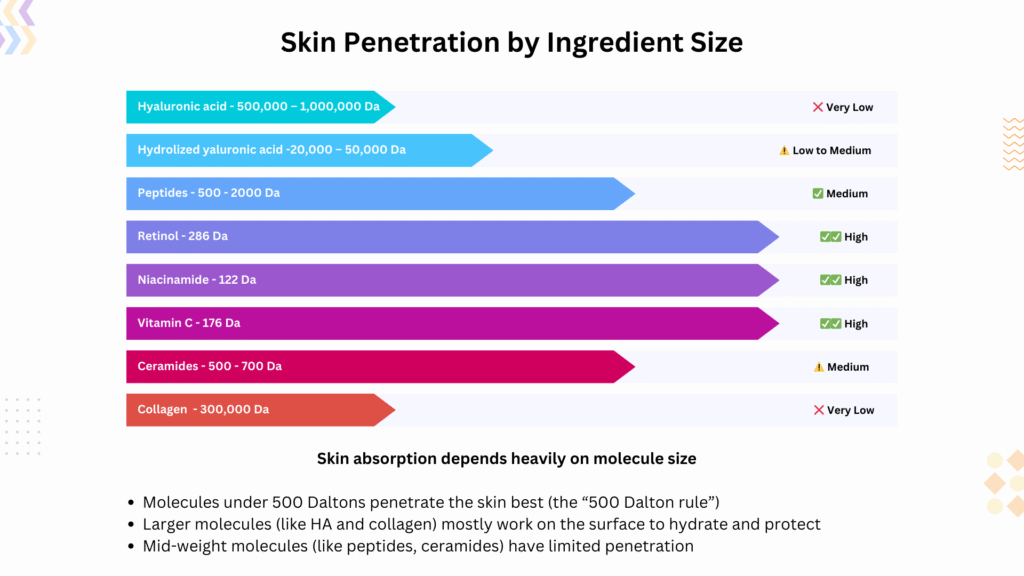
Understanding Skin Cancer
Prolonged sun exposure is a primary cause of skin cancer. Here’s a look at the most common types:
- Basal Cell Carcinoma (BCC): Typically appears as a pearly bump and is the most common but least aggressive type.
- Squamous Cell Carcinoma (SCC): A firm, red nodule that is less common than BCC but can spread.
- Melanoma: The deadliest form, characterised by irregularly shaped moles or pigmented lesions.
Regular self-exams and professional screenings can help detect early signs of skin cancer, improving the success rate of treatment.
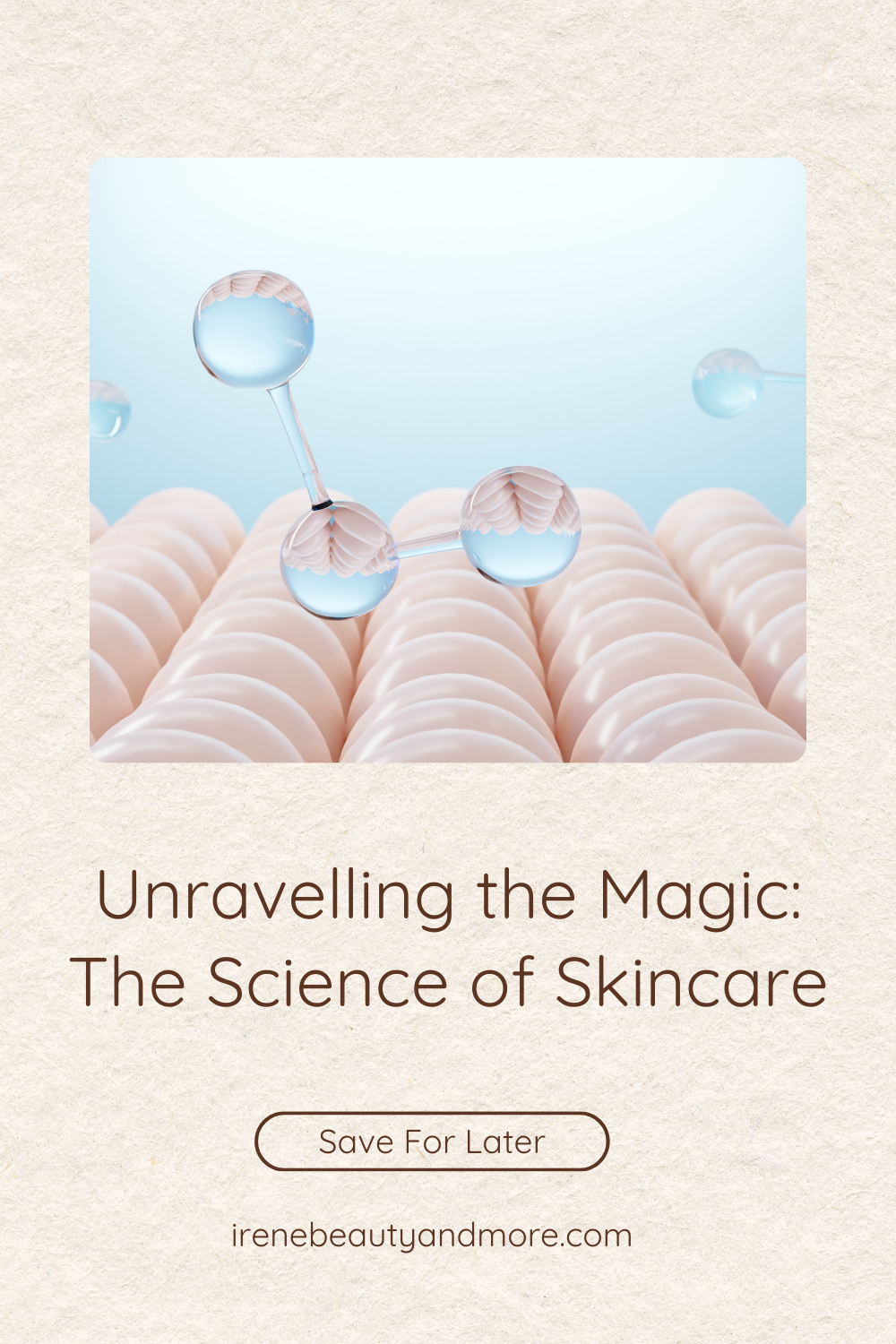
The Power of Antioxidants in Skin Defense
Antioxidants are vital for protecting the skin from damage caused by free radicals, which contribute to ageing and skin conditions.
How antioxidants benefit the skin:
- Neutralising Free Radicals: They stabilise free radicals, preventing cellular damage.
- Reducing Inflammation: Many antioxidants help calm inflammation, a key contributor to ageing.
- Boosting Collagen: Certain antioxidants stimulate collagen production, supporting skin elasticity.
- UV Protection: Antioxidants work with sunscreen to protect against UV damage.
Common antioxidant ingredients in skincare include vitamins C and E, green tea extract, and coenzyme Q10. Adding antioxidant-rich foods to your diet, such as berries, nuts, and leafy greens, can further support skin health.

Harnessing Antioxidants for Maximum Impact
Antioxidants play a key role in maintaining skin health and youthfulness. Here’s a closer look at some powerful combinations:
- Vitamins C and E: Together, they offer enhanced UV protection and help brighten the skin.
- Retinol and Peptides: While retinol promotes cell turnover, peptides support collagen production, making them a powerful duo for anti-ageing.
- Green Tea and Resveratrol: Both rich in antioxidants, they reduce inflammation and protect the skin from environmental damage.
Incorporating antioxidants into your skincare routine can maximise skin resilience, texture, and brightness.
Do expensive products work better?
Not always. What matters most is the formulation, concentration of actives, and skin compatibility.
What makes a skincare product effective?
Ingredients must be stable, at the right pH, properly formulated, and penetrate the skin at an effective level.
How does molecular weight affect penetration?
Only molecules under 500 Daltons can pass through the skin barrier effectively.
Are “natural” products always better?
Not necessarily. Synthetic actives are often more stable, consistent, and effective.
Wrapping It Up: The Science of Beauty in Every Product
Cosmetic science combines innovation, creativity, and rigorous testing to develop products that cater to diverse skin needs. Understanding the science behind our beauty products can transform our approach to skincare and cosmetics, allowing us to make informed choices and enhance our routines. Whether it’s protecting against sun damage, layering antioxidant serums, or choosing the right foundation, each product is a testament to the science of beauty. By embracing these insights, you empower yourself with the knowledge to achieve the best results.
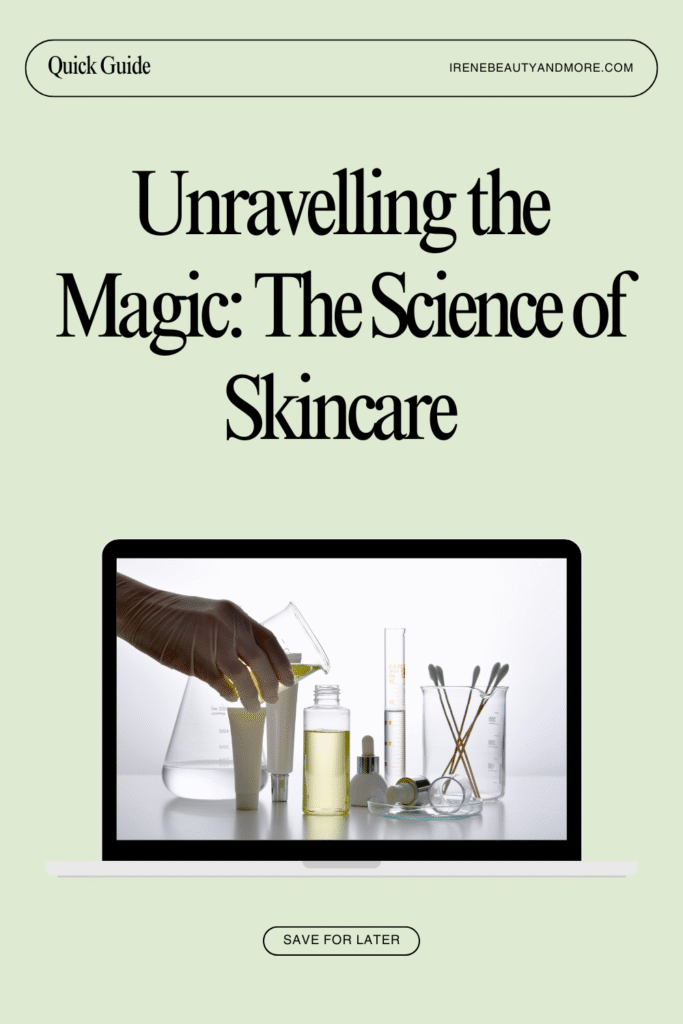
Bear in mind that some of the links in this post are affiliate links and if you go through them to make a purchase I will earn a commission. Keep in mind that I link these companies and their products because of their quality and not because of the commission I receive from your purchases. The decision is yours, and whether or not you decide to buy something is completely up to you.
